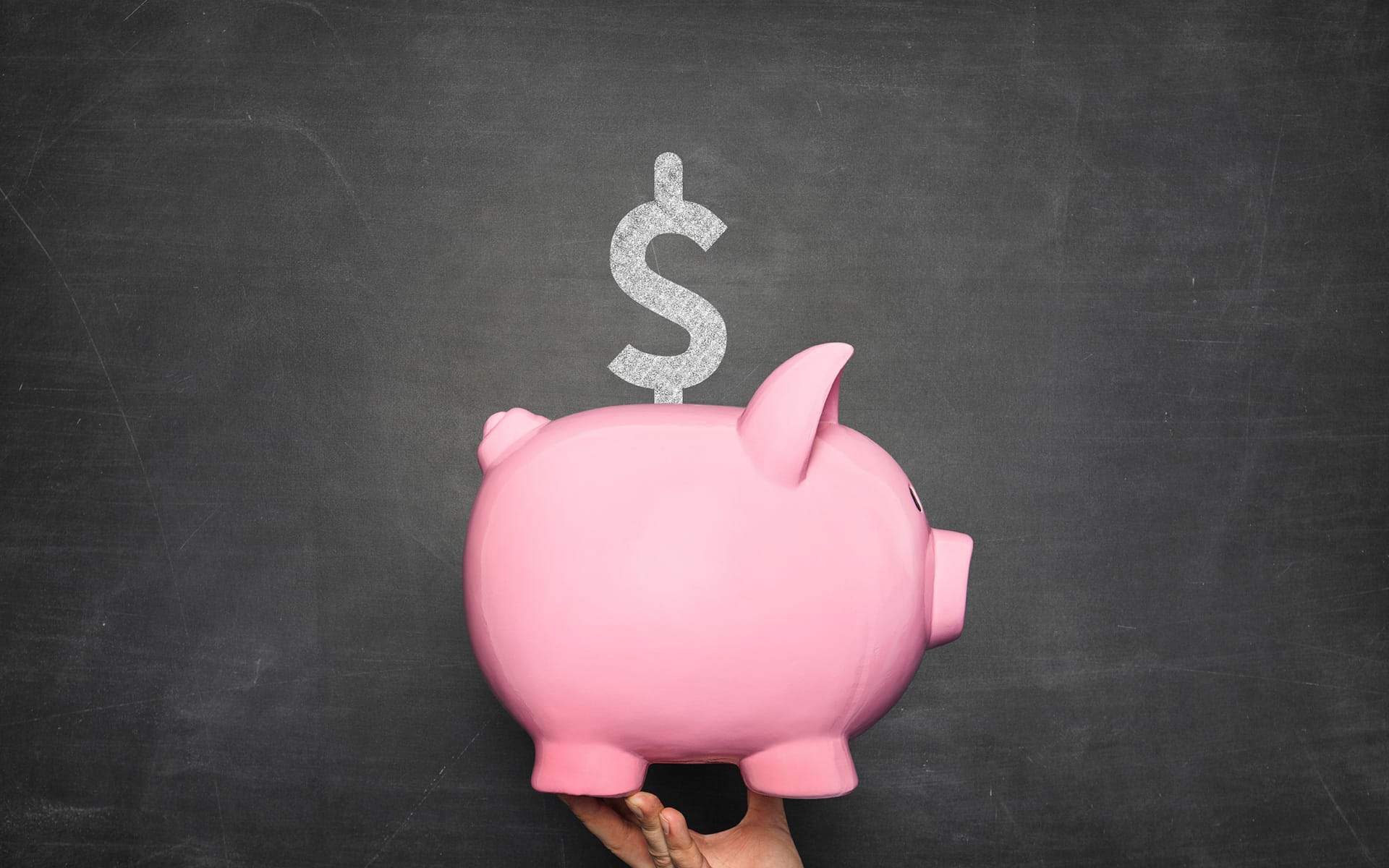Saving for retirement, or whatever you choose to call your post-earning years, is something that everyone should plan for. You can’t start too soon and it’s never too late to start, unless of course you’re already retired!
While you would think this is a conversation for the 20-something crowd, you’d be amazed at how many entrepreneurs and others who are well into their 30s and 40s have saved very little or nothing at all for retirement. One statistic I’ve seen indicated that 60% of Americans had less than $25,000 saved for retirement.1 And that is up from 56% the year before.2 This is a trend that clearly is going in the wrong direction.
So what are your options? First, you can spend less and save more. Pretty simple. Second, you can utilize tax-advantage savings plans that may be available through your employer such as a 401(k) or 403(b) plan. Try to target saving 10% or more because these plans allow you to contribute with pre-tax dollars directly from your paycheck. The investment will grow tax-deferred until you withdraw funds in your retirement years.
A third option is to use a traditional IRA. This type of savings account allows you to contribute tax-deductible contributions each year and like the employer plans above, grow tax-deferred. The maximum contribution allowed is significantly less than under the employer plans, but at least you gain some benefit in deferring taxes. If you are self-employed, you have additional options with varying benefits and rules including solo 401(k), simplified employee pension (SEP), savings incentive match plan for employees (SIMPLE) and Keogh plans. You can learn more about these plans on the IRS website,www.irs.gov.
I know in recent years, many have been forced to take early distributions from their retirement savings and these come at a heavy price. Not only are you required to pay the tax that was previously deferred, but you also incur a substantial penalty unless you qualify for an exemption. Others have fallen victim to changes in their employment while they had a 401(k) loan outstanding. When you take out a loan against your retirement savings and then change employers or lose your job altogether, the loan usually must be paid back and if you can’t, then it becomes an early distribution subject to the taxes and penalties already mentioned. That is one reason why employer plan loans should only be used as a last resort.
No matter how much you have saved today, you can start saving more and improve on your retirement picture. A consideration happening more often is to continue saving but also work later in life. Those at or approaching retirement age are looking at ways to continue earning income either in their chosen career or perhaps through a new business venture. In any case, your decision to save more now will give you more flexibility about what the retirement picture looks like for you.
1 2012 Retirement Confidence Survey, Employee Benefit Research Institute, March 2012
2 2011 Retirement Confidence Survey, Employee Benefit Research Institute, March 2011




















